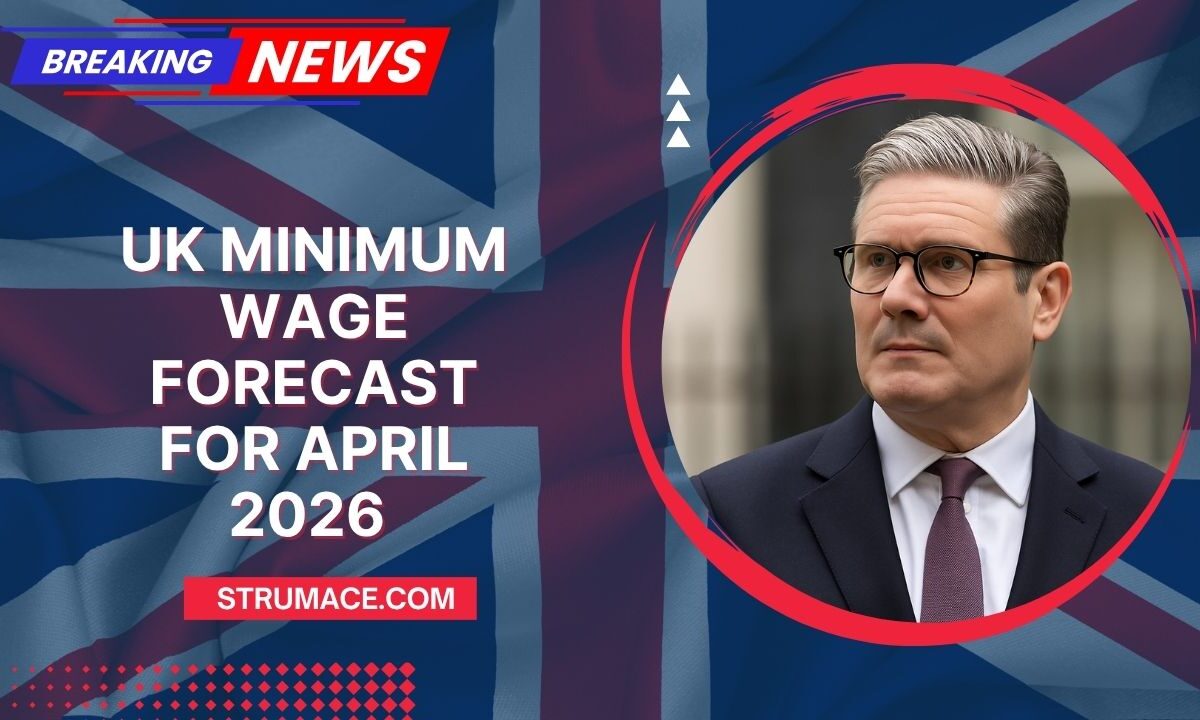As April 2026 approaches, discussions surrounding the UK minimum wage forecast are gaining momentum.
Each year, the government reviews and adjusts the National Minimum Wage (NMW) and National Living Wage (NLW) to reflect changes in the economy, cost of living, and inflation.
The April 2026 wage increase is expected to bring a noticeable shift, benefitting millions of workers while creating new planning challenges for employers.
This article breaks down the expected wage rates, projected increases, and key considerations for businesses and employees alike.
Why Is the Minimum Wage Rising in April 2026?
The UK minimum wage rise in April 2026 is part of an ongoing strategy to ensure that wages reflect rising living expenses and support low-income workers.
With inflation impacting the cost of housing, food, and energy, the government aims to uplift income levels while maintaining economic stability.
Key factors driving the increase include:
- Inflation forecasts and economic recovery
- Pressure to meet living wage standards
- Government goals to reduce income inequality
- Advocacy from trade unions and labour groups
The Low Pay Commission has been guiding the forecast, and although the exact figures will be confirmed closer to the effective date, industry experts have released estimated rates for April 2026.
Forecasted Minimum Wage Rates for April 2026
The table below highlights the projected minimum wage rates compared to the 2025 values:
| Worker Category | Current Rate (2025) | Projected Rate (April 2026) |
|---|---|---|
| Workers aged 23 and over (NLW) | £10.50 | £11.10 – £11.30 |
| Workers aged 21–22 | £10.10 | £10.70 – £10.90 |
| Workers aged 18–20 | £7.50 | £7.90 – £8.10 |
| Workers aged under 18 | £5.50 | £5.80 – £6.00 |
| Apprentices | £5.40 | £5.70 – £5.90 |
These projected figures show steady growth across all age brackets, reflecting the UK’s commitment to fairer wages and economic parity.
How Workers Will Benefit
For workers, the minimum wage rise in April 2026 means:
- Higher hourly pay, translating to increased weekly and monthly income
- Better ability to manage rising costs like transportation, food, and rent
- More stable financial footing and reduced dependence on state benefits
The increase supports the broader push toward a true living wage, improving the quality of life for lower-paid workers across the UK.
What Employers Should Expect
For employers, particularly in labour-intensive sectors like hospitality, retail, and social care, the wage increase represents both an opportunity and a challenge.
Employers should begin preparation now by:
- Reviewing payroll budgets to accommodate higher wages
- Adjusting employment contracts and informing staff about rate changes
- Exploring automation, operational efficiency, or price adjustments to manage costs
- Using government advisory services to stay compliant with new wage laws
Early planning will help businesses avoid financial strain and maintain positive staff relations.
The UK minimum wage forecast for April 2026 signals a positive step toward economic fairness, supporting millions of workers amid ongoing financial pressures.
While the projected rates will uplift household incomes, employers must proactively plan for the increase to maintain balance and productivity.
As the final figures are announced in early 2026, it is crucial for both workers and business owners to stay informed, review their financial plans, and prepare for the upcoming shift in wage standards.
FAQs
When will the new minimum wage rates come into effect?
The new rates will take effect from 1 April 2026, subject to final confirmation by the UK government.
Will all employers be required to adopt the new rates?
Yes. All employers across the UK must comply with the updated National Minimum and Living Wage laws from April 2026.
How can employers prepare for the minimum wage rise?
Employers should audit their payroll, communicate with staff, and adjust their financial strategies to manage the new wage structure efficiently.




